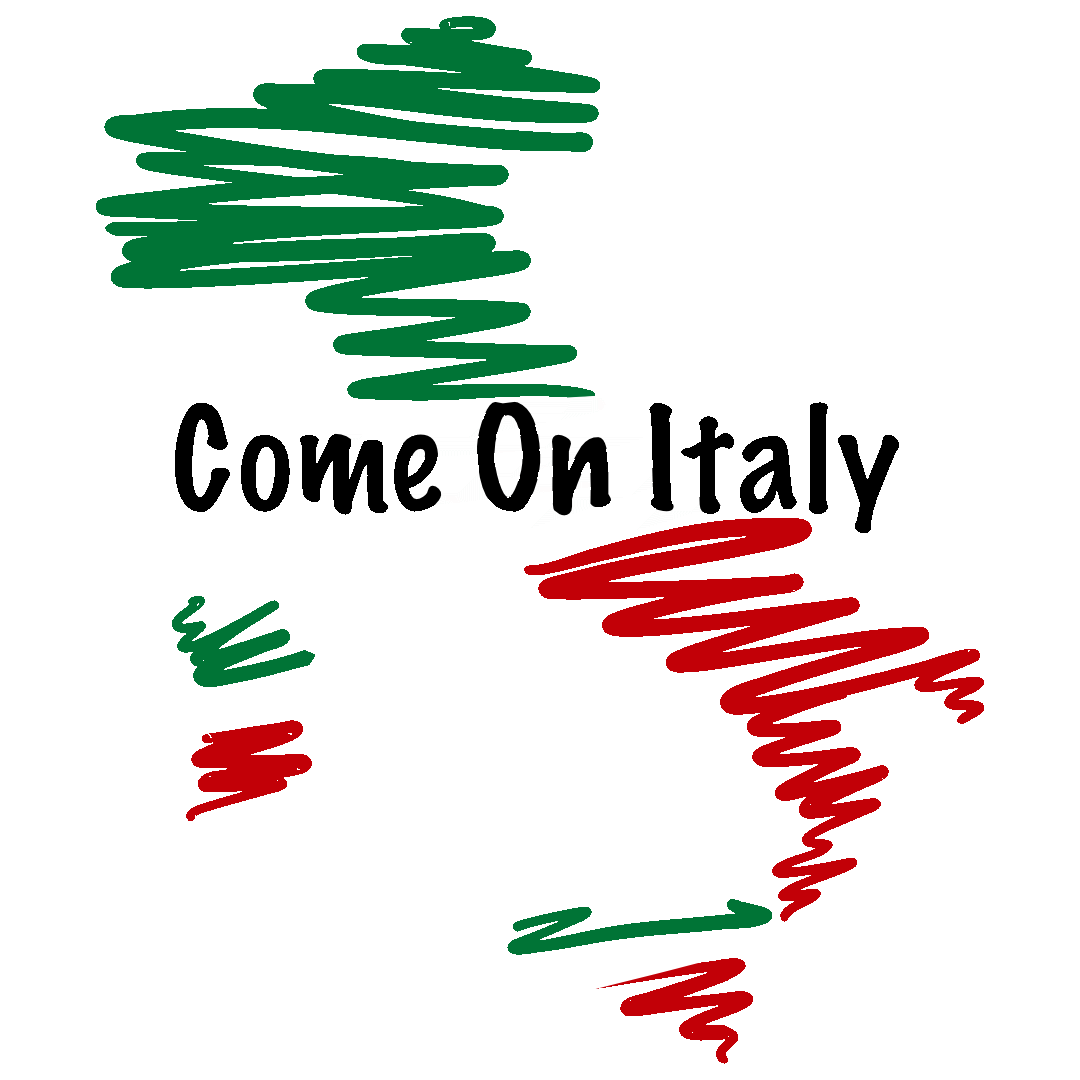Catania
Catania is the second largest city of Sicily after Palermo; it is located on the east coast facing the Ionian Sea. It is the capital of the Metropolitan City of Catania, one of the ten biggest cities in Italy, and the seventh largest metropolitan city in Italy. Catania was destroyed by catastrophic earthquakes in 1169 and 1693, and by several volcanic eruptions from the neighbouring Mount Etna, the most violent of which was in 1669. Catania was founded in the 8th century BC by Chalcidians. In 1434, the first university in Sicily was founded in the city. In the 14th century and into the Renaissance period, Catania was one of Italy's most important cultural, artistic and political centres.
The city is noted for its history, culture, architecture and gastronomy. Its old town, besides being one of the biggest examples of baroque architecture in Italy, is a World Heritage Site, protected by UNESCO.
Catania has been a native or adoptive homeland of some of Italy's most famous artists and writers, including composers Vincenzo Bellini and Giovanni Pacini, and writers Giovanni Verga, Luigi Capuana, Federico De Roberto and Nino Martoglio.
Food is an important part of Catania's culture and way of life. Local cuisine emphasizes several traits of Sicilian one, whilst developing some of its own.
Street food is one of the best ways to experience traditional dishes. Arancini are perhaps the city's most iconic one: they are stuffed rice balls coated in bread-crumbs and deep fried; in Catania, they are shaped like a cone to remind of Mount Etna. Typical specialties from the city include cipollina (puff pastry with onion, tomato and prosciutto filling), bolognese (a small pizza topped with tomato, mozzarella, prosciutto and boiled egg and covered in puff pastry), crispelle (deep fried dough balls with ricotta or anchovies filling.)
Local products include blood oranges, pistachios from Bronte, extra-virgin olive oil, cactus fruit, cherries, grapes from Mazzarrone, strawberries from Maletto, mushrooms, honey and wine.





